Siem Reap: Where History Whispers & Rice Paddies Sway
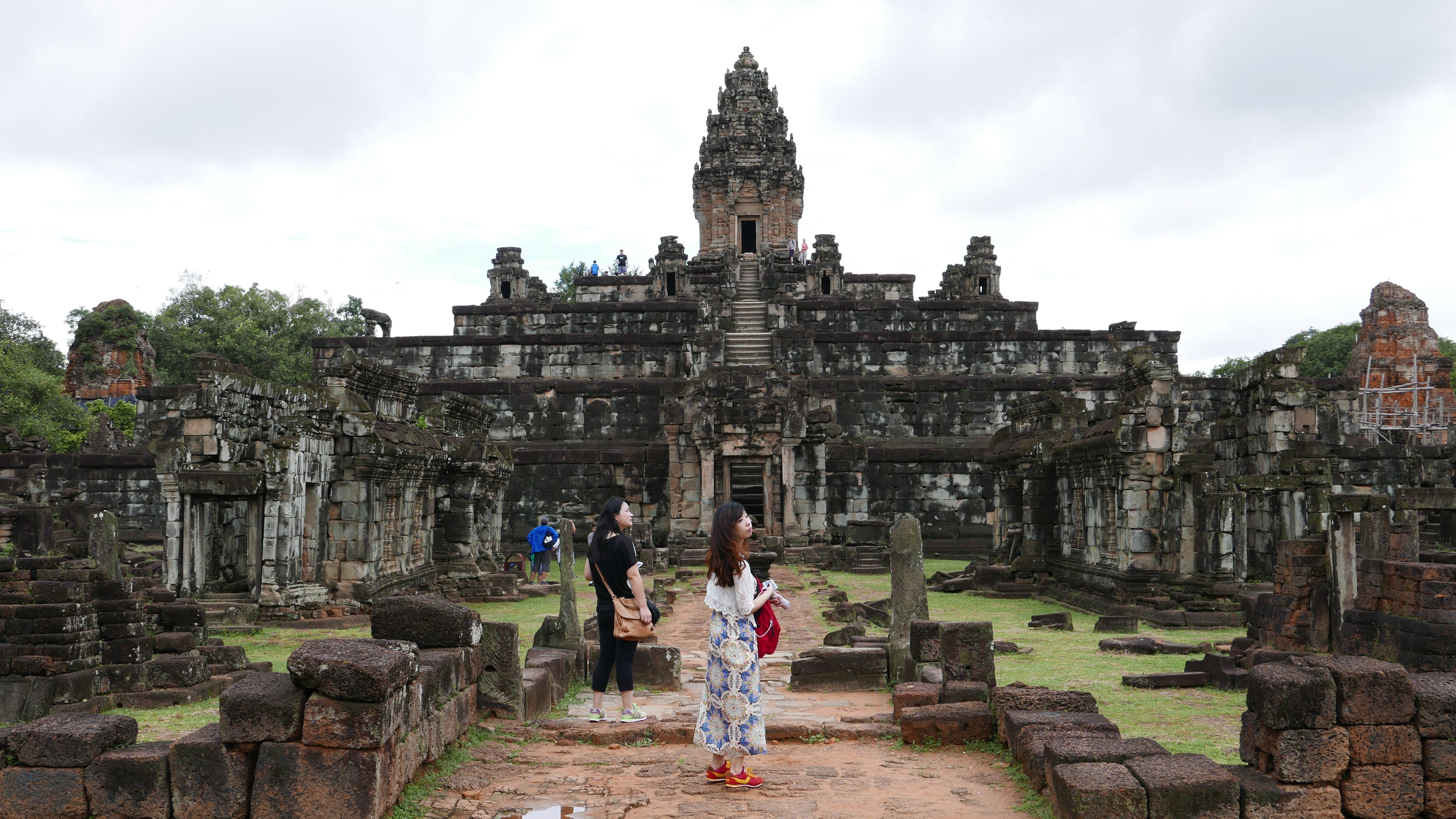
Siem Reap is a captivating city in northwest Cambodia, known for its rich history and stunning natural beauty. Whether you are a history enthusiast or a nature lover, Siem Reap has something for everyone. In this blog post, we will take a closer look at the historical significance of Siem Reap and its breathtaking rice paddies.
Overview of Siem Reap and its historical significance
Siem Reap is the gateway to the ancient temples of Angkor, which date back to the Khmer Empire. These temples, including the famous Angkor Wat, are impressive architectural feats and hold great cultural and historical importance. Exploring the temples is like stepping back in time as you witness the grandeur and craftsmanship of the Khmer civilization.
Besides the temples, Siem Reap has a rich colonial heritage, with French-style architecture scattered throughout the city. This blend of ancient and colonial influences creates a unique atmosphere that is a delight to explore. Don't forget to visit the Angkor National Museum to understand Siem Reap's history better.
The scenic beauty of Siem Reap and its rice paddies
Besides its historical significance, Siem Reap is blessed with stunning natural landscapes. Picturesque rice paddies surround the city, adding tranquillity to the bustling streets. Taking a leisurely bicycle ride through the countryside is a fantastic way to immerse yourself in the local culture and appreciate the beauty of Siem Reap's rural scenery.
Furthermore, the Tonle Sap Lake, the largest freshwater lake in Southeast Asia, is just a short distance from Siem Reap. This vast body of water is home to diverse wildlife and floating villages, providing a glimpse into the lives of the locals who depend on the lake for their livelihood.
Siem Reap is a city that has captivated visitors worldwide with its historical significance and natural beauty. Whether exploring ancient temples or admiring scenic landscapes, Siem Reap offers an unforgettable experience that will leave you wanting to return for more.
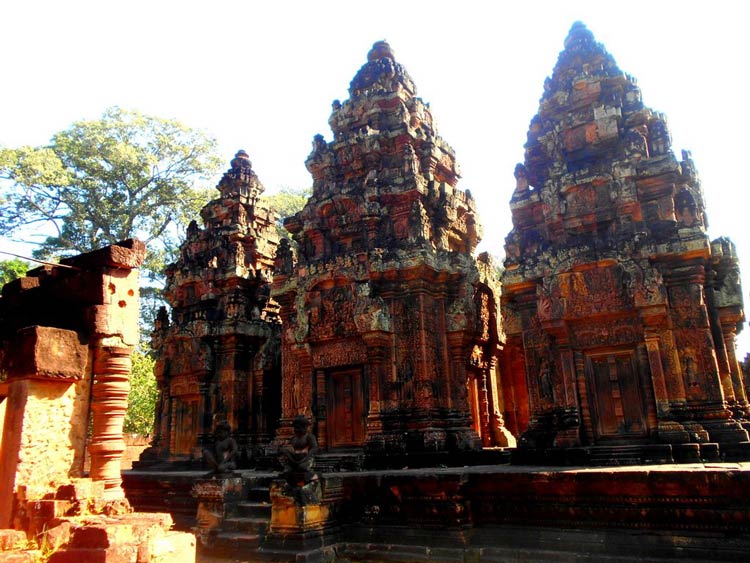
Exploring Angkor Wat
Angkor Wat: History and architecture
When visiting Siem Reap, you cannot miss the opportunity to explore the magnificent ancient temples of Angkor, and at the heart of it all is Angkor Wat. This temple complex is not only the largest religious monument in the world but also holds great historical and cultural significance.
Built-in the 12th century by King Suryavarman II, Angkor Wat was originally a Hindu temple dedicated to the god Vishnu. Over time, it transformed into a Buddhist temple, a testament to the religious and cultural shifts in the Khmer Empire. Its unique blend of architectural styles, intricate carvings, and towering structure make Angkor Wat a must-visit destination for history enthusiasts.
Discovering the intricate carvings and temples of Angkor Wat
As you explore Angkor Wat, you will be amazed by the intricate carvings' level of craftsmanship and attention to detail. Every corner of this temple tells a story, from the bas-reliefs depicting scenes from Hindu epics to the mesmerizing intricate motifs adorning the walls.
While Angkor Wat is the most iconic temple in the complex, many other temples are worth visiting. The Bayon Temple, with its famous smiling faces, and Ta Prohm Temple, known for being reclaimed by nature with trees growing through its crumbling ruins, are just a few examples.
Spending a day exploring these temples will transport you to a different time and give you a deeper appreciation for the rich history and artistic achievements of the Khmer civilization.
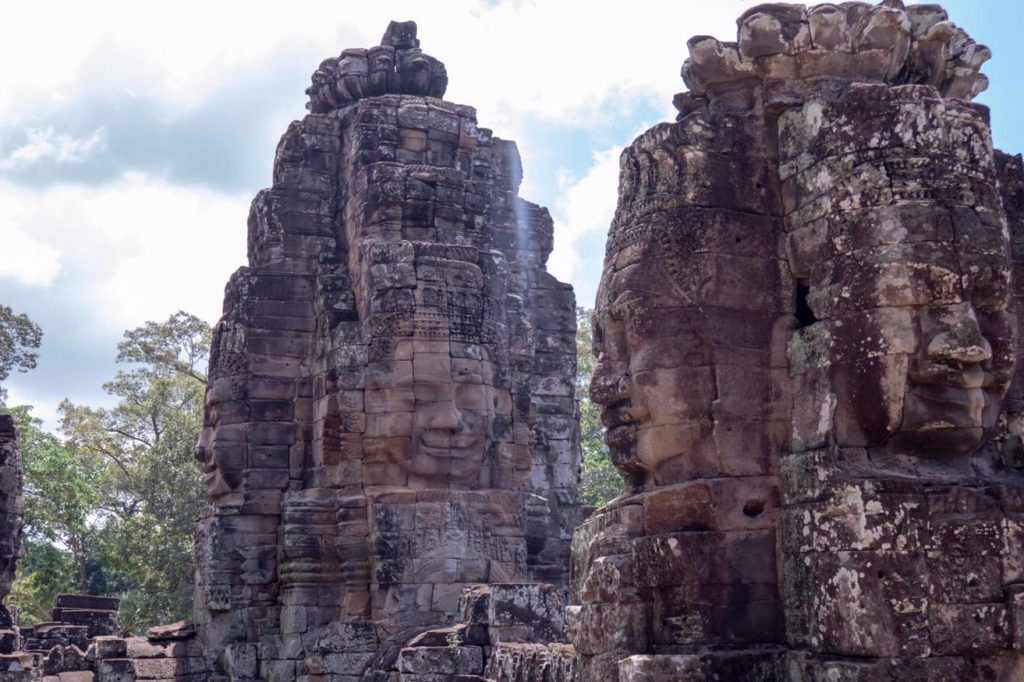
Must-See Temples in Siem Reap
The majestic Bayon Temple
When you visit Siem Reap, one temple that you absolutely must see is the Bayon Temple. Known for its famous smiling faces, this temple is a true marvel of ancient Khmer architecture. As you wander through its corridors, you'll be captivated by the intricate stone carvings depicting mythical creatures and historical events.
The Bayon Temple was built in the late 12th century by King Jayavarman VII as the state temple of the Khmer capital, Angkor Thom. Its towering stone faces, with their serene smiles and closed eyes, are believed to represent the bodhisattva Avalokiteshvara. These faces, combined with the temple's grand scale and intricate details, create an awe-inspiring and peaceful ambience.
Exploring the Bayon Temple will transport you back in time and allow you to imagine what life was like during the Khmer Empire. Take your time to admire the stunning bas-reliefs and explore the hidden corners of this ancient masterpiece.
The impressive Ta Prohm Temple
Ta Prohm Temple is another must-visit attraction in Siem Reap. Ta Prohm has been left in a partially restored state, unlike other temples in the area, allowing nature to reclaim its territory. As you wander through the temple's ancient ruins, you'll be amazed by the sight of massive tree roots intertwining with the stone structures.
Built-in the late 12th century by King Jayavarman VII, Ta Prohm was originally intended to be a Buddhist monastery. Its unique blend of nature and architecture creates a truly enchanting atmosphere. Seeing tree roots engulfing the temple walls will leave you in awe of the power of nature's reclamation.
Exploring Ta Prohm is like stepping into an Indiana Jones movie, with its moss-covered ruins and fallen stones. This temple offers a perfect balance of history, nature, and adventure.
When visiting Siem Reap, visit both the majestic Bayon Temple and the impressive Ta Prohm Temple. These iconic temples are architectural wonders and hold profound cultural and historical significance. Immerse yourself in the grandeur of the past and create memories that will last a lifetime.

Cultural Immersion in Siem Reap
Visiting the Angkor National Museum
When you are in Siem Reap, take the time to visit the Angkor National Museum, where you can delve deeper into the history and culture of the ancient Khmer civilization. This museum houses a vast collection of artefacts and exhibits that tell the story of Angkor's legacy.
As you explore the museum, you will learn about the intricate carvings, religious rituals, and everyday life of the Khmer people. The beautifully curated exhibits provide a comprehensive understanding of the ancient Angkor civilization.
One of the museum's highlights is the Gallery of 1,000 Buddhas, which showcases a stunning collection of Buddha images from various historical periods. Each statue has its unique style and symbolism, giving you a glimpse into the rich religious traditions of Cambodia.
Experiencing the traditional Apsara dance
Immerse yourself in the rich cultural heritage of Cambodia by witnessing a traditional Apsara dance performance. This classical dance form dates back centuries and showcases graceful movements and intricate hand gestures that tell ancient stories and legends.
The Apsara dance is often performed in the evening at local Siem Reap venues, providing visitors with an enchanting experience. The dancers wear traditional costumes adorned with ornate headpieces and jewellery, adding to the visual spectacle.
Watching the performance, you will be transported to a world of myth and legend as the dancers gracefully portray characters from ancient folklore. The music and rhythmic movements of the dance create a mesmerizing atmosphere, allowing you to appreciate the beauty and elegance of Cambodian culture.
By visiting the Angkor National Museum and experiencing the traditional Apsara dance, you can truly immerse yourself in the rich cultural heritage of Siem Reap. These activities offer a deeper understanding of Cambodia's past, allowing you to appreciate the traditions and customs shaping this fascinating country.
Siem Reap's Vibrant Markets
Exploring the Old Market (Phsar Chas)
When you visit Siem Reap, a must-visit destination is the Old Market, locally known as Phsar Chas. This bustling market is a hub of activity, offering a vibrant and authentic shopping experience.
As you stroll through the market, you will be greeted by heaps of fresh produce, aromatic herbs and spices, and an array of local handicrafts. The market is divided into different sections, each offering unique products, from clothing and accessories to traditional Khmer artwork.
The Old Market is a great place to immerse yourself in the local way of life as you weave through the narrow lanes and interact with the friendly sellers. Feel free to bargain for a better price, as haggling is common in Cambodia.
Discovering the colourful Angkor Night Market
The Angkor Night Market awaits in the heart of Siem Reap, offering a lively and vibrant atmosphere after sunset. This market is a popular spot for both locals and tourists to gather and enjoy an evening of shopping, dining, and entertainment.
As you walk through the market, you'll be captivated by the colourful stalls selling handmade crafts, clothing, and souvenirs. You can also find various delicious street food to satisfy your cravings, with local delicacies such as grilled meats, fried noodles, and fresh fruit smoothies.
The Angkor Night Market also hosts live performances, including traditional music and dance shows, adding to the festive ambience. It's a perfect place to relax, immerse yourself in the local culture, and bring home unique mementoes of your trip.
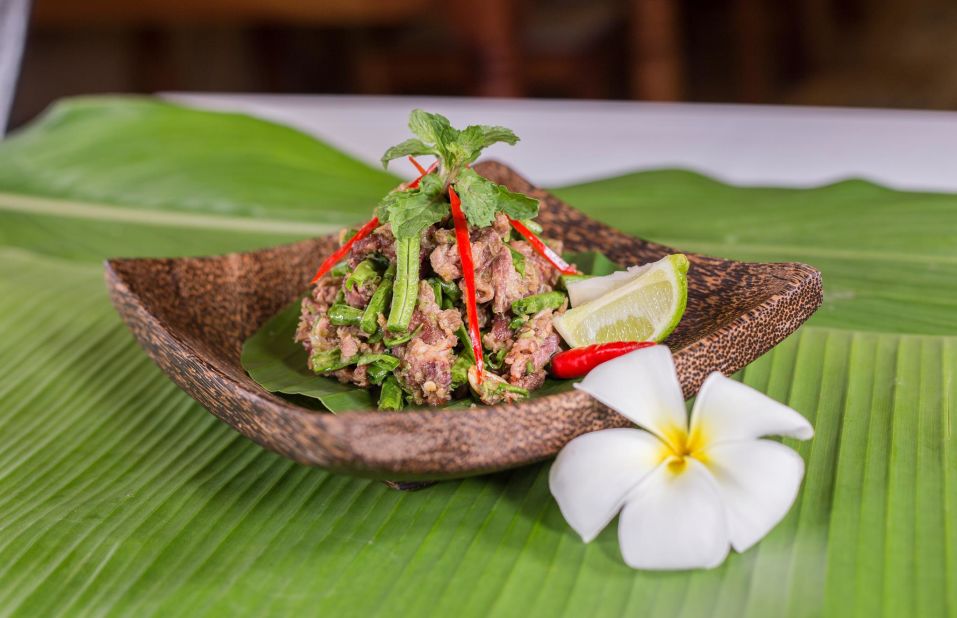
Culinary Delights in Siem Reap
Sampling traditional Khmer cuisine
You won't be disappointed when exploring the culinary scene in Siem Reap. One of the highlights of your visit should be sampling traditional Khmer cuisine. Siem Reap offers a wide range of restaurants and food stalls where you can experience the rich flavours of authentic local dishes.
From the famous Fish Amok, a fragrant and creamy fish curry, to Lok Lak, a stir-fried beef dish served with a tangy sauce, there are plenty of mouthwatering options. Don't forget to try the classic Khmer dessert, sticky rice with mango, for a sweet ending to your meal.
During your culinary exploration, you will also discover the unique spices and ingredients used in Khmer cooking, such as lemongrass, galangal, and kaffir lime leaves. The local chefs take great pride in their traditional recipes and are happy to share their culinary expertise.
Experiencing the vibrant street food scene
If you're looking for a more casual dining experience, the vibrant street food scene in Siem Reap won't disappoint. The city has food stalls and carts where you can indulge in various local delights.
From the aroma of grilled meats to the sizzle of stir-fried noodles, the street vendors offer a sensory experience like no other. Try out popular Khmer street food, like Nom Banh Chok, a delicious rice noodle dish with a flavorful fish curry sauce, or indulge in a Banh Mi sandwich filled with savoury meats and fresh herbs.
As you wander the streets, you'll be captivated by the sights, sounds, and smells of the bustling street food scene. Don't forget to try refreshing fruit smoothies or sweet treats like fried bananas for a satisfying snack.
Whether you dine at a traditional restaurant or wander the streets for street food, Siem Reap's culinary scene guarantees a memorable experience for your taste buds.
Siem Reap's Natural Treasures
Exploring the Tonle Sap Lake
Immerse yourself in the natural beauty of Siem Reap by exploring the breathtaking Tonle Sap Lake. This majestic lake is Southeast Asia's largest freshwater lake and is home to a diverse ecosystem and numerous floating villages.
Embark on a boat tour and navigate the tranquil waters, surrounded by lush greenery and picturesque landscapes. Witness the local way of life as you pass by floating houses, schools, and markets built on stilts. It's a fascinating sight that offers a glimpse into the people's daily lives on the lake.
During your exploration, you'll have the chance to spot various wildlife, including rare bird species and playful freshwater dolphins. Don't forget your camera as you capture the mesmerizing sunsets reflecting off the calm waters.
Discovering the beauty of the Kulen Mountain
Another natural treasure not to be missed in Siem Reap is the stunning Kulen Mountain, also known as Phnom Kulen. This sacred mountain is a popular destination for nature lovers and adventure seekers.
Hike through lush forests and be rewarded with breathtaking views of waterfalls cascading down rocky cliffs. Take a refreshing dip in the crystal-clear pools beneath the waterfalls and rejuvenate amidst the serene surroundings. The mineral-rich water is said to hold spiritual significance and provide healing properties.
Explore the ancient temples and ruins throughout the mountain, including the sacred Preah Ang Thom Pagoda, which houses a large reclining Buddha statue. Admire the intricate carvings and architectural wonders that showcase Cambodia's rich history and culture.
As you venture through Siem Reap's natural treasures, you'll be enchanted by the beauty and tranquillity surrounding you. These natural wonders provide the perfect escape from bustling city life and offer a deeper appreciation for the enchanting landscapes of Cambodia.
Siem Reap's Hidden Gems
Visiting the Angkor Silk Farm
Experience the traditional art of silk production by visiting the Angkor Silk Farm. This hidden gem in Siem Reap allows you to witness the intricate process of cultivating silk, from silkworms to the final product. Take a guided tour and learn about the various stages, including feeding the silkworms, spinning the silk threads, and weaving the beautiful fabrics. Don't miss the opportunity to purchase quality silk products directly from the farm's shop, helping support local artisans and their craft.
Exploring the peaceful Phnom Kulen Butterfly Valley
Escape to the tranquillity of Phnom Kulen Butterfly Valley, a lesser-known attraction in Siem Reap. Embark on a peaceful nature walk through lush vegetation and be mesmerized by the vibrant colours fluttering around you. Spot different butterflies as they gracefully dance amidst the flowers and plants. Take a moment to relax by the serene waterfalls and listen to the soothing sounds of nature. This hidden oasis offers a peaceful retreat from the bustling crowds, allowing you to connect with nature and find inner peace.
In Siem Reap, there is no shortage of natural treasures waiting to be discovered. Each destination offers unique charm, from the serene Tonle Sap Lake to the majestic Kulen Mountain. Immerse yourself in the rich ecosystems, witness local lifestyles, and marvel at the wonders of nature. These hidden gems provide a deeper insight into the beauty and tranquillity of Siem Reap, leaving you with cherished memories of Cambodia's natural wonders.
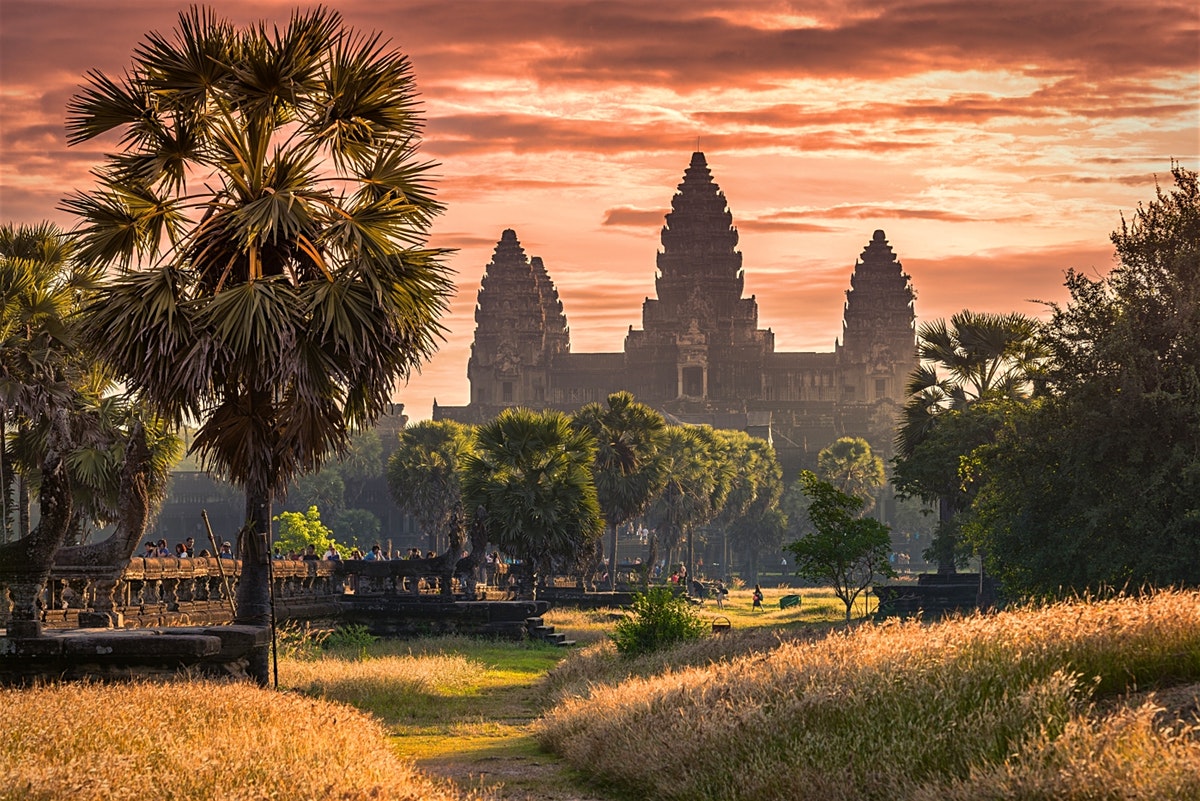
Tips for planning a memorable trip to Siem Reap
- Research and plan to make the most of your trip.
- Don't forget to pack essentials such as sunscreen, insect repellent, and comfortable walking shoes.
- Respect the local culture and customs.
- Try authentic Cambodian cuisine and indulge in the local flavours.
- Consider hiring a local guide for a more immersive experience.
- Support local businesses and artisans by purchasing souvenirs directly from them.
- Take time to relax and enjoy the peaceful side of Siem Reap, away from the bustling crowds.
- Leave only footprints and help preserve the natural beauty of the region.
- Be open to new experiences and embrace the rich history and culture of Siem Reap.
